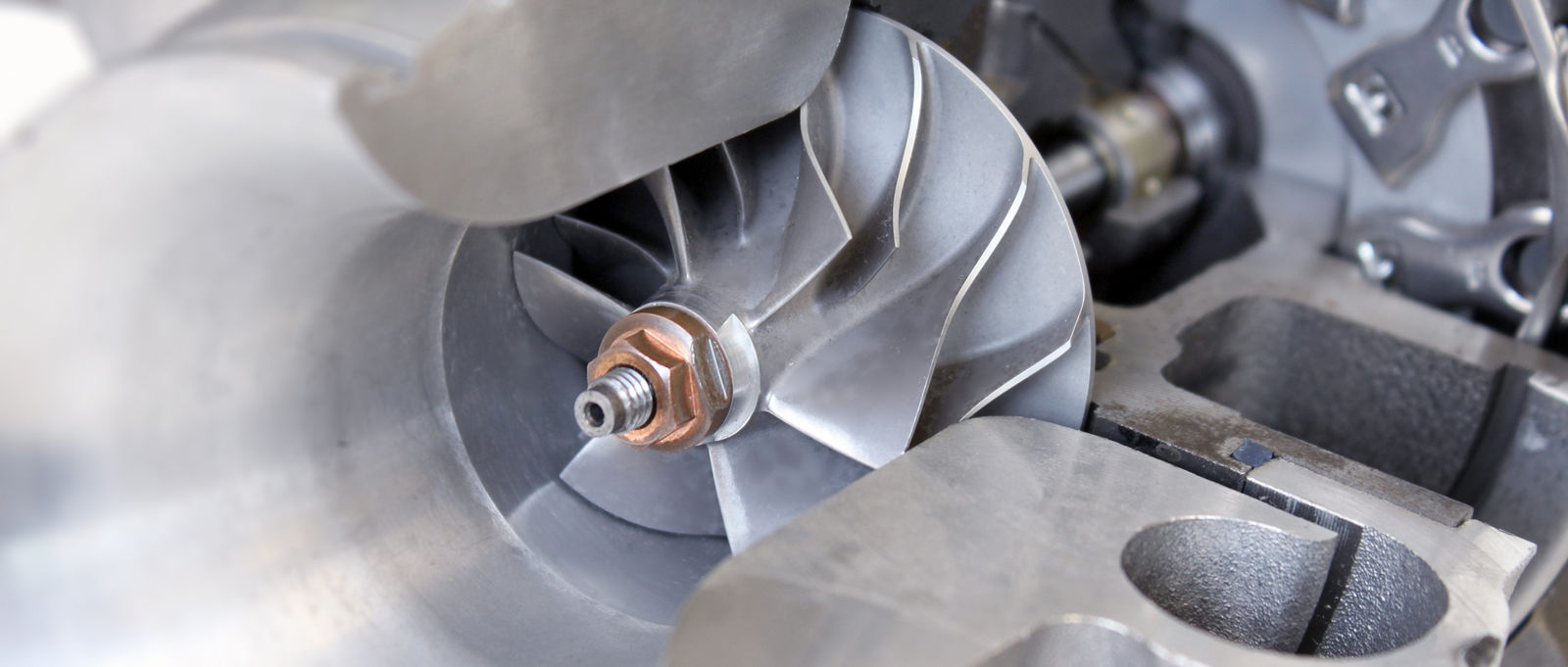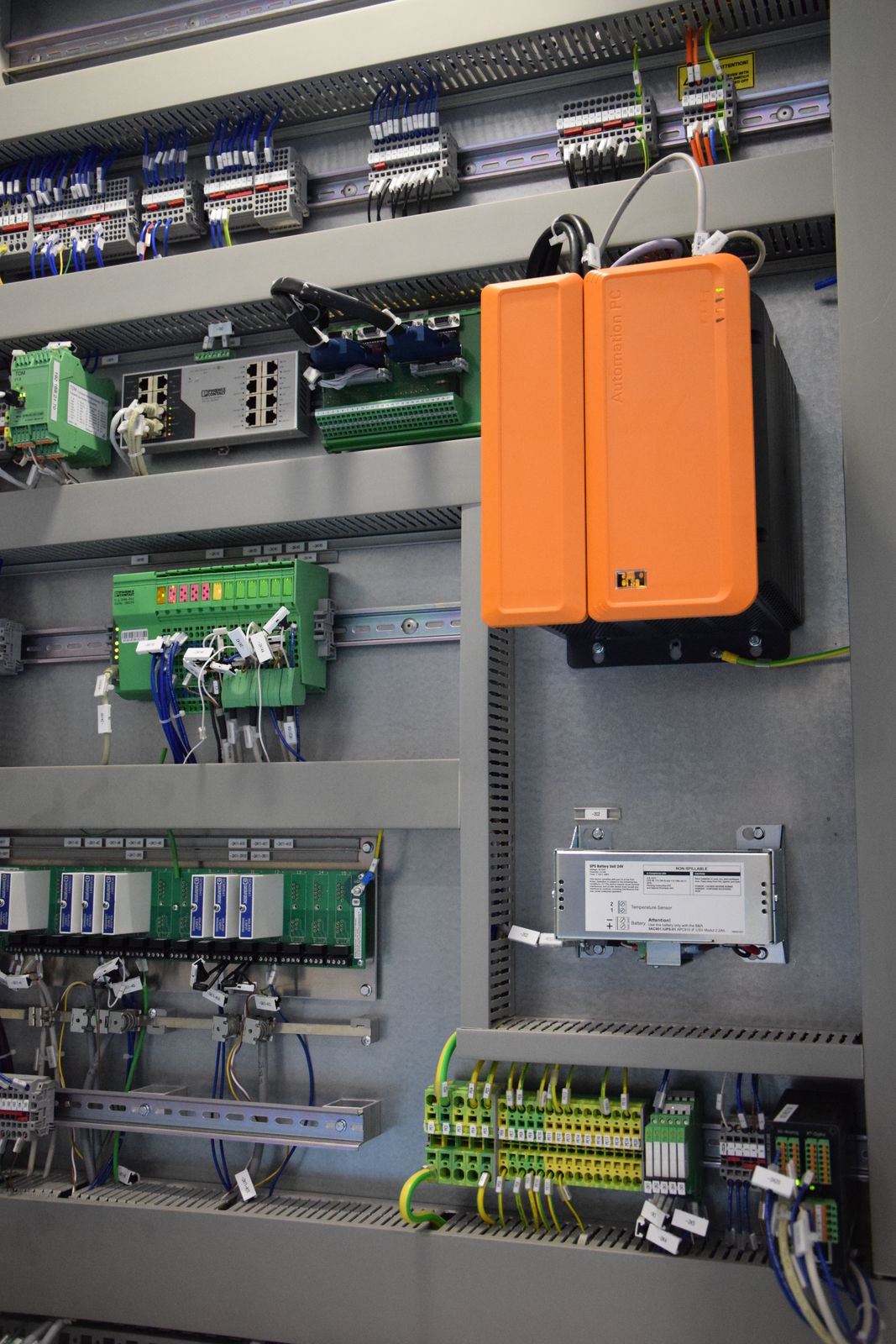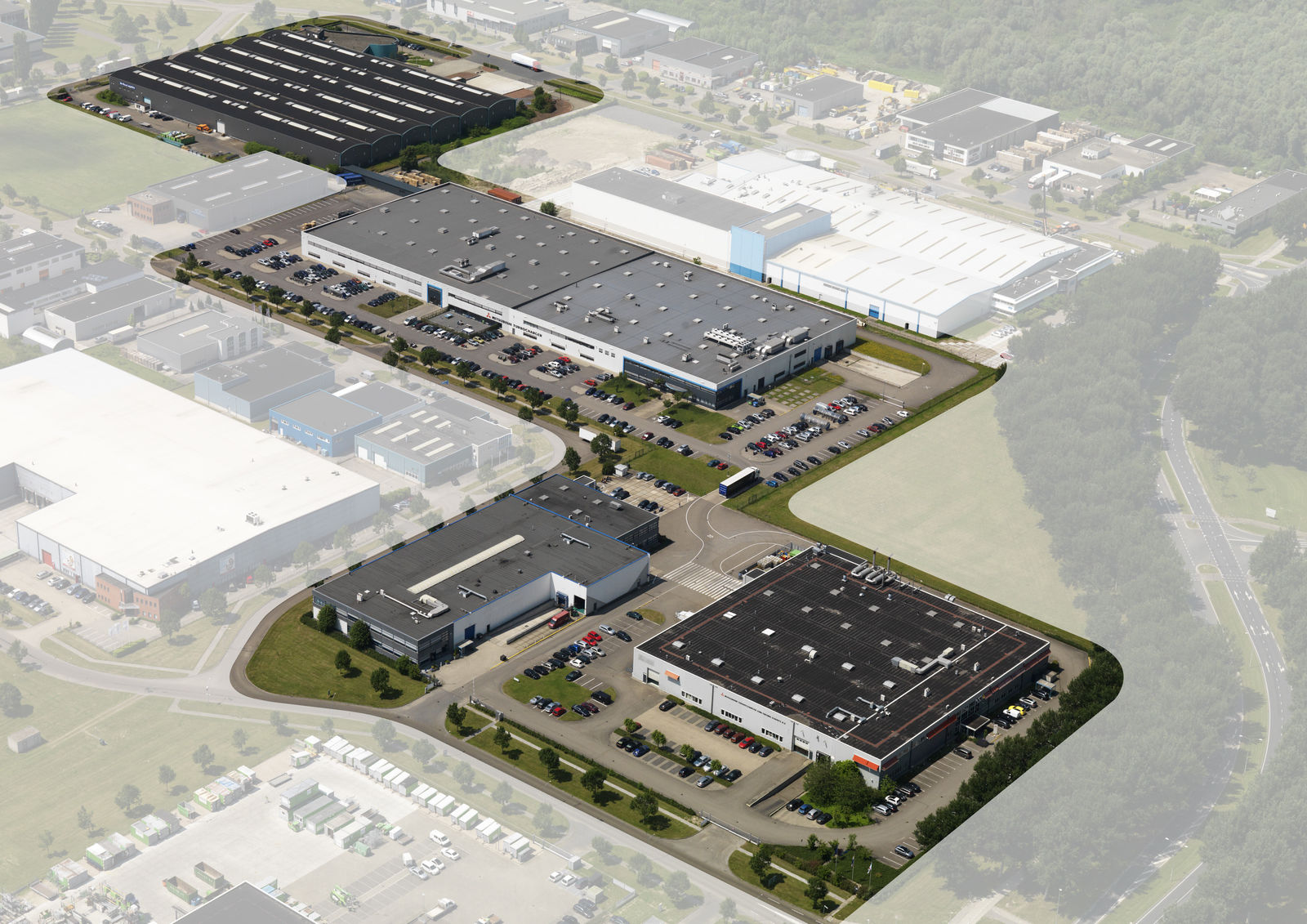Small, smaller, smallest. In recent years, that has been the trend in the world of gasoline and diesel motors for private cars and delivery vans. While people continue to crave horsepower, they are also increasingly environmentally conscious, and regulations for fuel efficiency and CO2 emissions are growing ever more stringent. To satisfy these conflicting demands, Mitsubishi Turbocharger & Engine Europe (MTEE) equips many gasoline and diesel motors with turbochargers. In fact, the company has an assembly line for nearly every major European automaker. To store the 5 terabytes of data generated on these lines every day, MTEE relies on B&R Automation PCs and Automation Panel HMIs.

A member of Japan's Mitsubishi Heavy Industries, Mitsubishi Turbocharger & Engine Europe (MTEE) builds approximately 3 million turbochargers each year at its 5 factories in the Dutch city of Almere. With more than 750 employees, MTEE designs, manufactures and tests turbochargers for various types of engines for almost every European car manufacturer – from Ford, Fiat, BMW and Volkswagen to Bentley, Bugatti, Porsche and McLaren.
Lean assembly
MTEE currently operates 31 assembly lines in Almere, including 3 turbo rotor lines, 3 compressor wheel lines and 2 completely robotic cartridge lines. Each year, 2 to 3 new lines are added to keep pace with the arrival of new models of private cars on the European market. Says Ruben Roodenburg, team leader for industrial automation in Mitsubishi's production engineering department: "When adding a new line, we strive for the lowest possible total cost of ownership, reusing existing hardware wherever possible when adding a new line. In the framework of lean manufacturing, we also aim for the lowest possible rejection rate, continuously examining whether the process can be designed in a smarter way, accelerated or completed with less waste."
Efficient logistics
When it constructed factory 5 in 2009, MTEE applied lean manufacturing concepts to the design of the operational section (input to output), examining ways to reduce cycle times and streamline access routes. Shortly afterwards, factory 4 was renovated based on the improved design of factory 5. The more efficient layout saved enough floor space to add new aftermarket assembly lines.
A corridor was also constructed between the logistics center and the assembly lines in factories 4 and 5. Rather than transport pallets one at a time through an outdoor area with a forklift, they are now carried 12 at a time on a train running directly from the logistics center to the two halls – quite a logistical improvement.


Operation pyramid
The assembly lines have centralized control, while the turbo, compressor wheel and cartridge lines still have decentralized control. In all cases, there are three levels of operation: the MES level, the operational level and the machine level.
The entire recipe is prepared using a web-based interface at the MES level before an assembly line is started. Subsequently, at the operational level, a shop order with part number is created for the recipe. As soon as the order is confirmed, all the data is automatically sent to the machine level, so that the machines can adjust themselves automatically. Recipes are changed approximately two to three times per day.
The operational and machine levels feature dozens of Automation PCs. On the operational level, these PCs run SCADA systems and the SQL database, while on the machine level they are used to carry out function tests. "B&R's Automation PCs are installed on 95% of all the lines, sometimes in combination with single-touch or multi-touch Automation Panels," says B&R sales engineer Wico Reineman. When a box with 32, 46 or 48 turbochargers is ready in a line and can be sent to the logistics center, the data for that box is written to a large database at the MES level.
Massive data storage
"Every day, an enormous amount of data must be written to disk for each assembly line," explains Roodenburg. "To meet traceability requirements, we need to be able to quickly retrieve this data even decades later. The PCs we previously used were not up to the task, and we had to replace the valuable hard disks every six months."
A customer advised MTEE to look into the possibilities of B&R's Automation PC, and after examining the specifications, MTEE conducted a pilot implementation in 2011. B&R's PCs did not report errors during production and cause unnecessary standstills – sufficient reason for MTEE to make the switch.
APC with Windows
"Every B&R Automation PC at Mitsubishi has a 64-bit Windows 7 operating system, in accordance with the customer's specifications," says Reineman. "The distinctive feature is the high-quality hard disks that are used, which have an almost infinite number of write operations. Unlike other hard disks, the storage capacity of our hard disks is fully utilized. Because the data is written in a different way than with normal PC systems, our systems last longer and have a substantially longer mean time between failure (MTBF)."
RAID1 system
The C: drive of the Automation PC 910 is a 60 GB SSD, and the SQL database is on the D: drive. The entire system is set up as a RAID1 system; the two disks are copies of each other. If one of them breaks down, production can continue unaffected. MTEE deliberately chose the most robust PC configuration offered by B&R.
If a new Automation PC is ever needed, its replacement can be quickly configured via the WDS server. Reineman adds: "Any factory in the world that works for MTEE can order the same PC configuration, completely tested and approved."
The machine builders can decide themselves whether they want to add a multi-touch or single-touch B&R Automation Panel to the order. The multi-touch panel is convenient when working with graphical objects, such as function tests, because of the convenient swipe options, zoom and scroll functionality and two-hand operation. For SCADA applications a single-touch panel is sufficient.
In 2007, MTEE began data collection for all its assembly lines. A backup is made of all 120 PCs every four hours, minimizing the amount of data lost in a worst-case scenario. These backups are written to the redundant RAID1 system. In addition, a full backup is made every day.

Cold room
A year ago, Mitsubishi built a cooled server room in Almere to store data from all the Automation PCs of its various lines. All the PCs in the server room are virtualized, and the room also has an SQL database. Mirrored systems are set up in data centers in Enschede and Zwolle in case of emergencies.
MTEE stores the data for every manufactured product for 20 years – soon to be extended to 25 years. Besides this data center, MTEE also has a web portal. Customers can log in and enter their serial number and part number to access to all the relevant product details, inspection values, torque values and vision-inspection data from anywhere in the world.
Fully automated future
Since MTEE commenced production in Almere, they have manufactured 23.5 million turbochargers. "80% of this volume has been realized in the past 6 to 7 years – in other words, since we began the automation process," says Roodenburg. "Now, MTEE is busy redesigning the turbo rotor lines for centralized control. Step by step, we are on our way to unmanned assembly."
Ruben Roodenburg Team leader industrial automation, Mitsubishi "Every day, an enormous amount of data must be written to disk for each assembly line. The PCs we previously used were not up to the task, and we had to replace the valuable hard disks every six months." |
Wico Reineman Vertriebsingenieur, B&R "Unlike other hard disks, the storage capacity of our hard disks is fully utilized. Because the data is written in a different way than with normal PC systems, our systems last longer and have a substantially longer mean time between failure." |